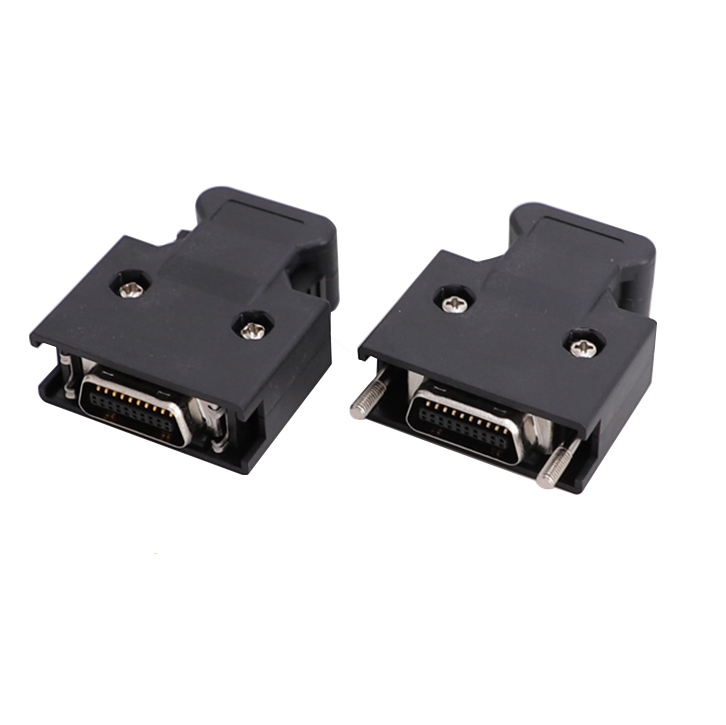SCSI has the advantages of low CPU occupancy rate, high efficiency of multi-task concurrent operation, many connected devices, long connection distance, etc. For most server applications, it is recommended to use SCSI hard disks and the latest Ultra320 SCSI Controller
SATA hard disks are also hot-swappable, and can have good scalability on the interface, such as SCSI-SATA, FC-SATA conversion interface, and SATA port multiplier (Port Multiplier) in rack-mounted servers , Making it more flexible than SCSI.
For low-end small server applications, the latest SATA hard drives and controllers can be used.
Like Micro Channel, VME and NuBu, SCSI is a real bus that defines standard physical and electrical connections for devices. The principle difference between SCSI and other buses is that SCSI makes the application of various types of peripheral devices more convenient. Its communication protocol regards peripheral devices as logical devices using a set of prescribed command sets, thus eliminating hardware incompatibility.

The SCSI specification lists individual commands for many types of devices. These devices are: hard drives (random access), tapes (sequential access), printers, and so on. The specification includes mandatory orders, operating orders, and orders for sellers to set their own pots.
The SCSI bus regards the hard disk as a random access device with a specified capacity that can respond to standard formatting, read, and write commands. The actual hardware may be a hard drive using MFM, RLL, ESDI, or some proprietary interface. A built-in SCSI controller translates commands into control signals for a dedicated interface.
In addition, SCSI extends the physical bus beyond the case of a typical microcomputer. The SCSI bus can be extended to 6 meters in length by using a single-ended driver, and it can be extended to 25 meters in length by using a differential driver. This solves the problem of requiring every kind of peripheral equipment to be placed in the computer box, and also enables large-scale peripheral equipment such as image scanners to be connected, which often cannot be placed anywhere at will.
The connectivity and economy of the hardware provide users with a lot of ability to use the I/0 requirements that meet the requirements.
The SCSI standard connector can easily connect multiple peripheral devices, and its standard command set simplifies the system designer to purchase SCSI peripheral devices, while ensuring compatibility.
The versatility of SCSI has made it a standard in most companies' system-level and external memory device products. This is a meaningful thing.